Summer gardening in your kitchen
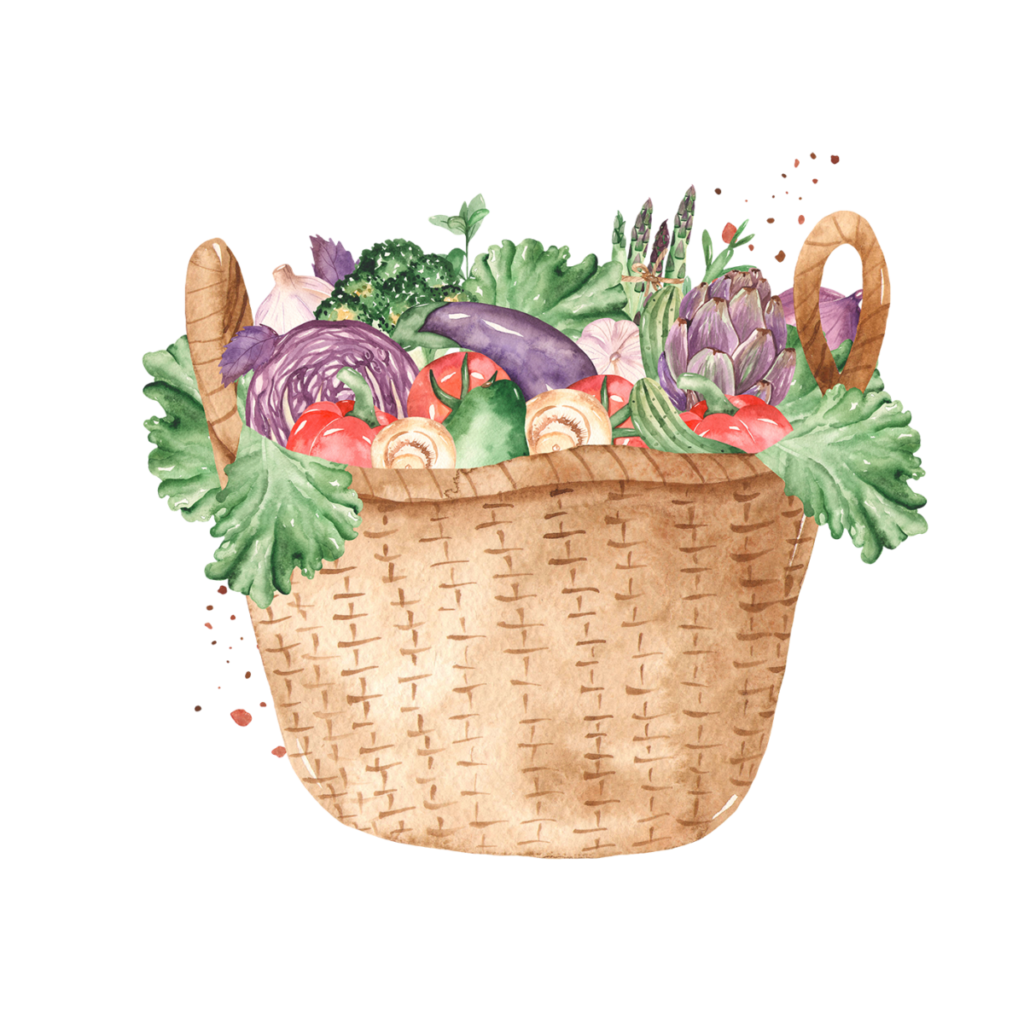
Vegetable gardening is a challenge in the best of weather. Summer vegetable gardening in Florida is not for the faint of heart. The sun and heat become intense and daily thunderstorms add humidity to our misery. Only the bugs seem to thrive. As gardeners, we resolutely tend our summer vegetable crops, hope for success and dream of gardening in cooler, drier weather.
During a recent conversation among friends, we agreed that we are motivated to grow vegetables to eat healthier and to keep our food costs down, but whether we grow our own produce or purchase produce from a supermarket or farmer’s market, we face the challenge of keeping our herbs and vegetables fresh.
Are you aware of the amount of food wasted each year in the United States? A report on Newsweek.com states that America ranks third among the countries that generate the most food waste in the world and that about 21 million tons a year comes from homes. According to the National Institute of Health, fruits and vegetables are high among the types of food most frequently thrown out.
Interested in ways to stretch food dollars, increase your vegetable intake, reduce food waste from your household, or simply to find a fun gardening project that can involve your family— without having to suffer in our intense summer weather? Consider gardening in your kitchen.
Herbs and vegetables, despite having been harvested, brought to market and purchased for our consumption, are still alive when they reach our homes. The following tips to prolong their freshness are just a small sample of what is available for you online, in videos and print media, and in books within the Marion County Public Library System.
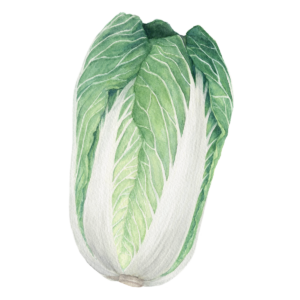 Lettuces
Lettuces
A purchased pack of romaine lettuce may begin to wilt before all the heads have been used. Simply slicing a half inch off the bottom of the lettuce to expose fresh plant material and placing the intact romaine head in a tall glass of water and back in the refrigerator will prompt a return to fresh turgid leaves ready for a salad within hours. This approach also works well with heads of leaf lettuce. An intact head of bibb lettuce can be refreshed by simply adding a small amount of water to the base of its plastic container and allowing the lettuce to pull up the water while it chills in the refrigerator. Change the water daily when rehydrating lettuce. Leaves can be removed and used as needed.
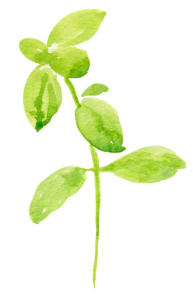 Herbs
Herbs
Often, we purchase a packet of fresh herbs for a recipe and only use a portion. Basil and mint are very easy to root. Begin by re-cutting the base of the stem to remove the dried end. Place the freshly cut stem in water up to and covering the first set of leaves. Carefully remove any leaves that will be under water. Change the water daily and note how long it takes for tiny roots to appear. The rooted plants can then be planted in a small container of soil and kept on a bright windowsill or on a protected porch. There are many references online for rooting additional herbs, such as rosemary, oregano and thyme. One such website is ruralsprout.com, with an article titled “15 Herbs You Can Propagate From Cuttings.”
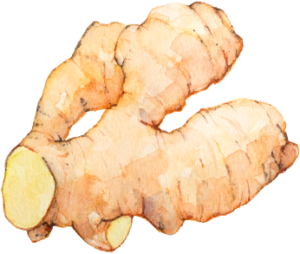 Ginger
Ginger
Edible or culinary ginger roots are often purchased from the market produce section and only a small amount may be needed. The roots, technically known as rhizomes, have noticeable protrusions or “eyes” and can be planted shallowly in a container (eyes facing up) and grown on a shaded porch or planted in a shady part of the yard. Small portions of the rhizomes may be dug up as needed, with the entire ginger rhizome harvested when the leaves turn yellow and the stems droop.
 Green onions
Green onions
As you slice or chop green onions, leave about one-half inch of green leaf intact with the white bulb. Place the bulb in a small container with just enough water to cover the roots. Change the water daily. Within a few days, the green stem will grow and be ready to use. This generally only works once. The bulb will grow progressively weaker and usually does not regrow a second time.
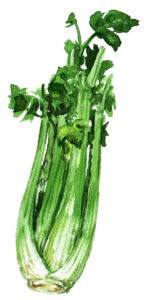 Celery
Celery
Celery is universally found in refrigerator drawers. Save about two inches of the celery base. Slice about a half inch off the base bottom and place it in water. The base will not regrow stalks but may grow leaves, which are delicious in soups and salads.
Beets and carrots
The greens still attached to whole beets when they are purchased will often wilt quickly. The greens can be cut and refreshed in a glass of water. The remaining top of the beet root can be sliced off and placed in a shallow dish of water. You may well find that the greens will regrow, however the base or taproot will not regrow. The same is true for carrots with greens attached. These types of mild greens can be sauteed in olive oil with herbs, salt and pepper or used in soups and salads.
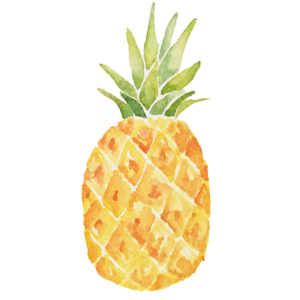 Pineapple
Pineapple
Learning to grow a pineapple will not give you immediate results like rehydrating lettuce. However, it can be great fun to establish your own pineapple patch for the cost of one pineapple. There are many articles and videos online, but the first step is to slice off and save the intact top of a fresh pineapple. Allow it to dry for a few days, and then place the top in soil in a container or in your yard in semi-shade. Your pineapple will survive our winters and each year the initial plant will start another plant. Eventually, the mature plants will produce pineapples. As you continue to consume your pineapples and replant each pineapple top, your pineapple patch will grow.
More tips
What about harvesting seeds from purchased cucumbers, squash, melons? Although some people are successful, this approach is not likely worth your effort as the resulting offspring will not necessarily resemble the fruit or vegetable that you enjoyed. Potatoes and sweet potatoes can also be grown from kitchen scraps, but the process is more complicated. There are many references online for growing both. While sweet potatoes are an excellent summer crop in Florida, other types of potatoes are best grown in the cooler weather of fall.
All in all, this is a fun family project to demonstrate to children that many of the vegetables we eat are indeed living plants and many can be grown without stepping outside this summer.
So, what’s in your refrigerator?
The Pioneer Garden Club has been active in the Marion County community since 1926. To learn more, go to pioneergardenclub.org.





